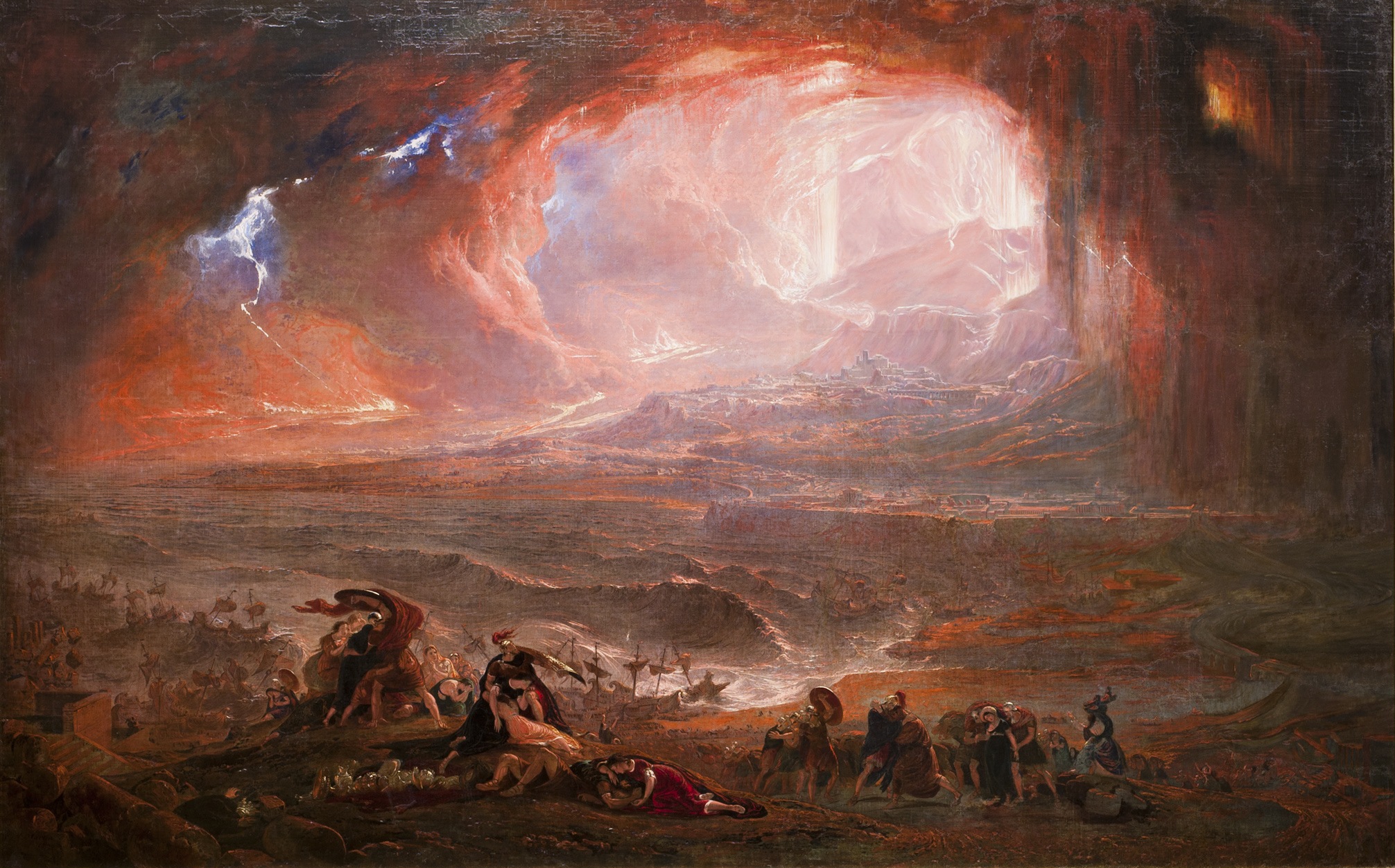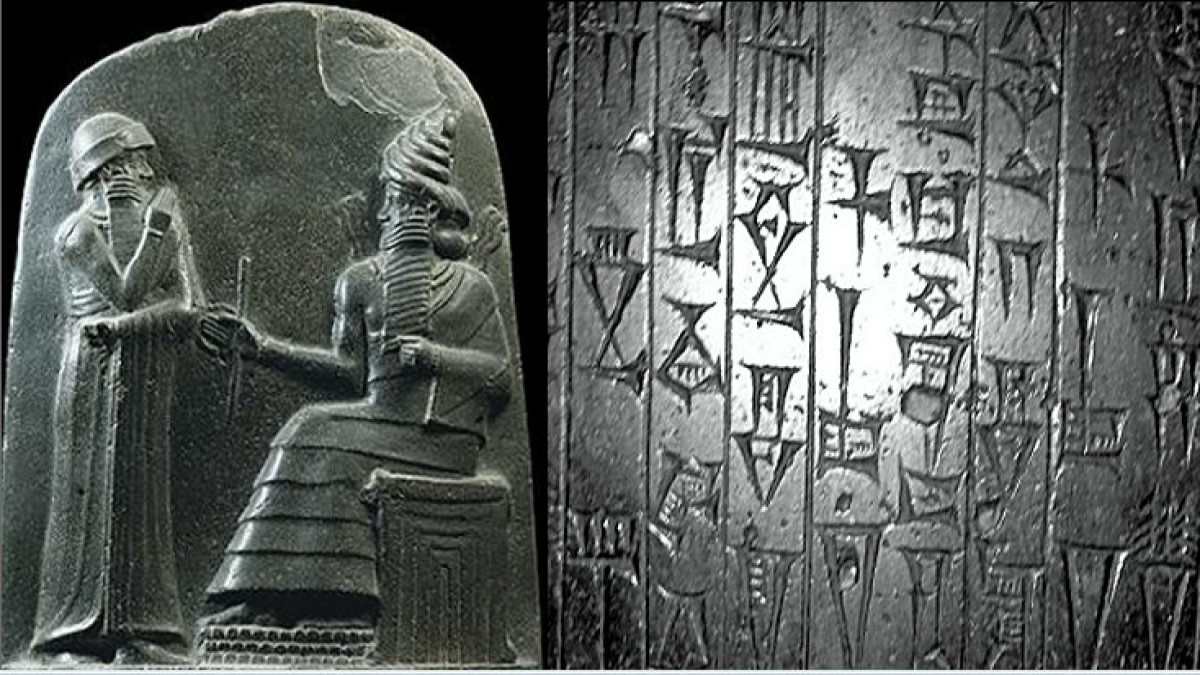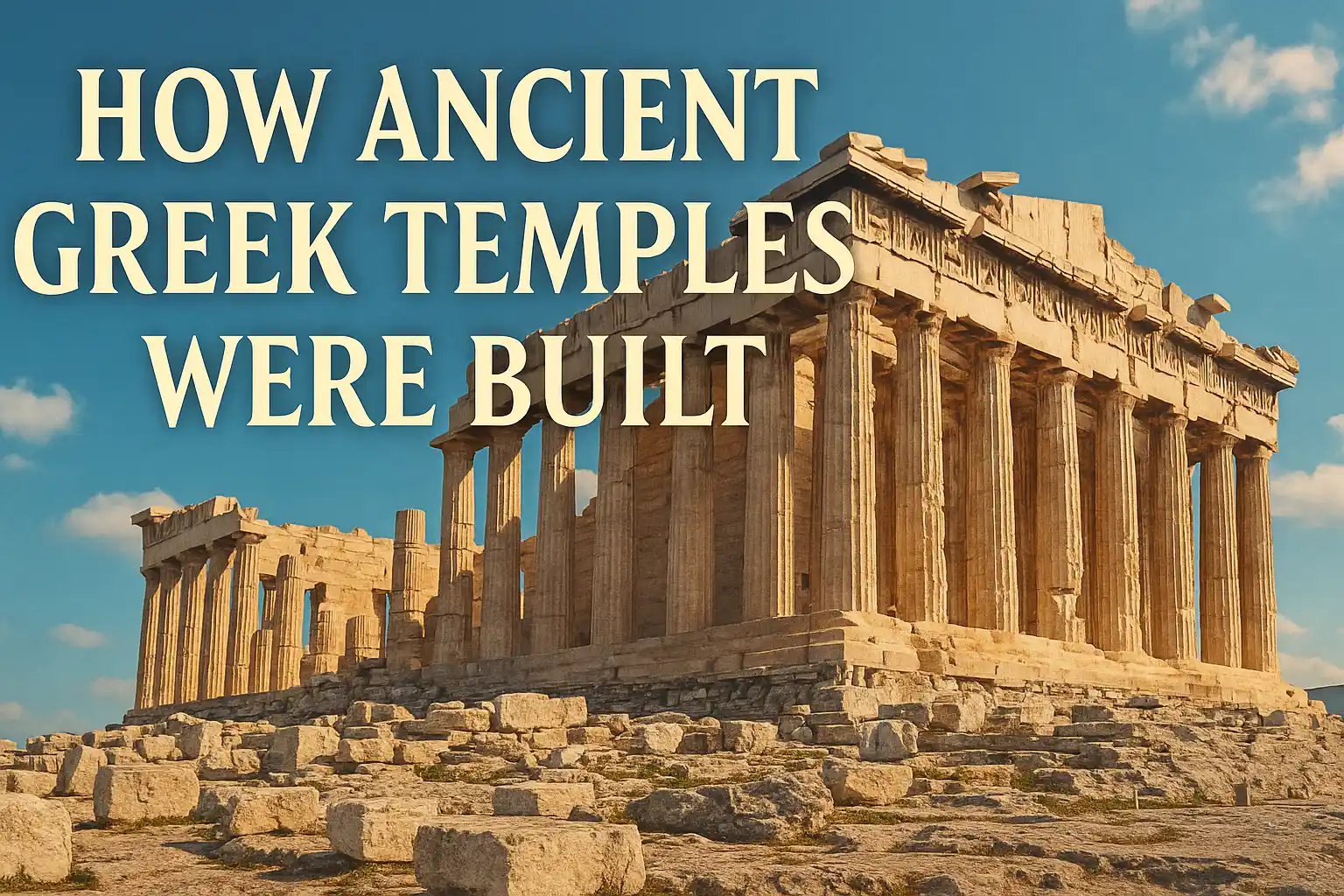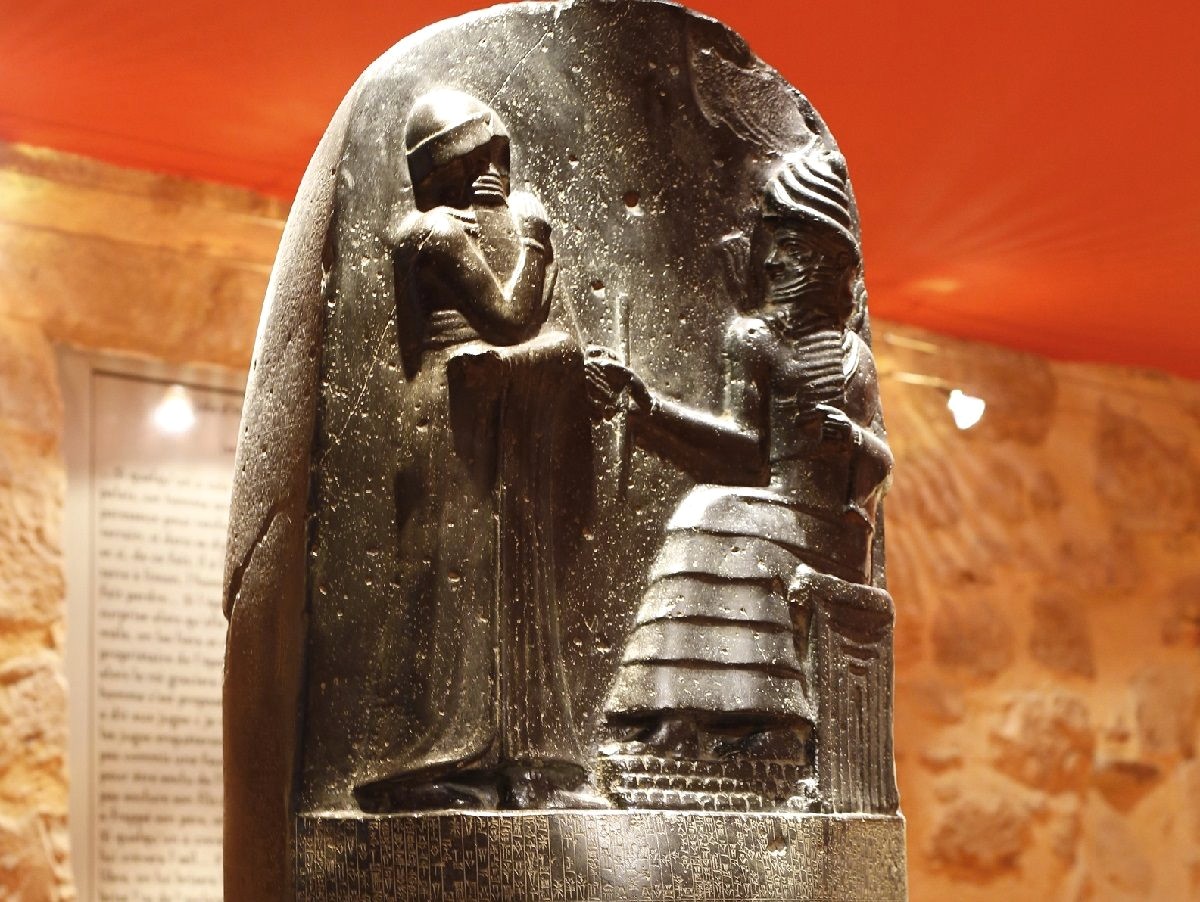
When people speak about the origins of justice, one name that continues to echo through the ages is Hammurabi. As the sixth king of Babylon, Hammurabi ruled from around 1792 to 1750 BCE and is best known for creating one of the earliest and most influential written legal systems in human history. The Hammurabi’s Code meaning goes beyond its literal function as law—it offers a window into the values, governance, and social structure of ancient Mesopotamia.
Etched onto a towering basalt stele, this ancient collection of 282 laws dealt with everything from trade and labor to family life and criminal justice. Today, it’s considered a cornerstone of early civilization’s efforts to organize society through law and order. But why does it matter so much in our modern understanding of justice and ethics?
Let’s explore the origins, structure, and enduring impact of Hammurabi’s Code—and unpack what it really meant to the people of Mesopotamia and what it continues to symbolize in today’s world.
What Is Hammurabi’s Code?
To grasp Hammurabi’s Code meaning, one must understand its function. Carved around 1754 BCE, the code was a set of rules enforced to bring order and fairness to Babylonian society. It was a top-down system of governance that addressed property rights, wages, theft, debt, marriage, slavery, and even medical malpractice.
The laws are famously known for their strict nature, often summed up by the phrase “an eye for an eye.” But Hammurabi’s approach wasn’t solely retributive. Many laws focused on compensation, fair treatment, and the protection of the vulnerable—particularly widows, orphans, and the poor.
Each law began with a condition (“If a man…”) followed by a consequence, making the Code remarkably structured and readable even by modern standards.
The Stele of Hammurabi
The physical stele on which the Code was written stands over seven feet tall and was originally displayed in a public space in Babylon, ensuring that the laws were visible to all literate citizens. At its top, a relief carving shows Hammurabi receiving the laws from Shamash, the Mesopotamian god of justice, symbolizing divine authority behind the legislation.
Today, the stele resides at the Louvre Museum in Paris and remains one of the most studied artifacts of antiquity (source).
Legal Structure and Social Hierarchy
Understanding Hammurabi’s Code meaning also requires examining the rigid class distinctions it upheld. The laws did not treat all people equally; they explicitly differentiated between three main classes: the free man (awilum), the dependent (mushkenum), and the slave (wardum).
For example, if a nobleman struck another nobleman, the punishment was proportionate. But if a nobleman struck someone of lower status, the penalties were far lighter—or sometimes absent altogether. This systemic inequality was baked into the Code, reflecting the deeply hierarchical nature of Babylonian society.
While modern legal systems strive for universal equality under the law, Hammurabi’s Code reveals how ancient justice was often conditional on class and status.
Justice and Retribution
One of the most recognizable features of Hammurabi’s Code is its principle of lex talionis, or the law of retaliation. The concept of “an eye for an eye” appears in several provisions, such as:
-
“If a man destroy the eye of another man, they shall destroy his eye.”
-
“If he breaks another man’s bone, they shall break his bone.”
However, modern scholars point out that this rule of retribution applied primarily to the upper classes. Commoners and slaves received lesser forms of justice—often financial compensation instead of bodily punishment.
This dual standard emphasizes how Hammurabi’s Code meaning was both progressive and flawed. It introduced clear legal processes but failed to achieve full equity.
Innovations in Legal Thinking
Despite its limitations, Hammurabi’s Code introduced several concepts that still resonate in today’s jurisprudence:
-
Presumption of innocence: Some laws required accusers to present evidence.
-
Public records: Laws were written and displayed for transparency.
-
Accountability: Professions like surgeons and builders were subject to strict standards.
For example, a builder whose house collapsed and killed the owner would be sentenced to death. While harsh by today’s standards, the principle of accountability is foundational in modern professions.
As Smithsonian Magazine notes, the Code established a crucial shift from arbitrary decisions to rule-based justice—a defining milestone in the history of civilization.
A Glimpse into Daily Life
The laws of Hammurabi weren’t only about crime and punishment. They also regulated daily life in detail:
-
Divorce settlements
-
Agricultural leases
-
Interest on loans
-
Artisan contracts
-
Food and drink quality
This level of governance reveals how centralized and organized Babylonian society had become. Farmers, merchants, laborers, and even tavern keepers had to operate under defined legal norms. These norms fostered stability in one of the world’s earliest urban civilizations.
Such complexity is what gives the Hammurabi’s Code meaning not just as a relic but as an ancient guide to managing human behavior.
Comparison with Other Ancient Legal Systems
Although Hammurabi’s Code was among the earliest, it wasn’t the first. The Sumerian Code of Ur-Nammu predates it by a few centuries. Later, similar codes would appear in Hebrew law (Torah), Roman law, and beyond.
What made Hammurabi’s contribution unique was its comprehensiveness and durability. It inspired legal reforms throughout Mesopotamia and influenced neighboring civilizations for centuries.
Hammurabi’s Code in Modern Culture
Even today, Hammurabi’s laws echo in our collective consciousness. His principles are taught in history classes, referenced in discussions of ethics, and sometimes even cited in legal theory.
Modern courts no longer enforce retributive justice in the same way, but the core idea—that laws should be known, written, and applied consistently—remains central. That is the deepest Hammurabi’s Code meaning: the birth of the idea that society must be governed not by men, but by laws.
Archaeological Discovery
The stele was discovered in 1901 by a French archaeological expedition in Susa (modern-day Iran), far from Babylon. It had been looted centuries earlier by the Elamites.
Its recovery was monumental. Not only did it confirm many theories about Mesopotamian governance, but it also served as a Rosetta Stone of sorts, helping scholars decode cuneiform and gain broader access to ancient literature and records.
For further exploration of ancient Near Eastern laws, visit this educational feature from the University of Chicago’s Oriental Institute.
Inbound Link
Learn more about the legacy of Mesopotamia’s early civilizations in this Maxmag feature on Queen Puabi’s tomb.
Frequently Asked Questions
What is Hammurabi’s Code meaning in modern terms?
It refers to one of the earliest systems of written laws that governed daily life in Babylon and established the principle of codified justice.
Why is Hammurabi’s Code important?
It marked the shift from arbitrary justice to a formal legal system, influencing future legal codes worldwide.
Where is Hammurabi’s stele located today?
The original stele is housed in the Louvre Museum in Paris, France.
Did Hammurabi write the laws himself?
The laws are attributed to him, but they were likely compiled by royal scribes under his supervision.
Was Hammurabi’s Code fair?
While it provided structure, the laws were class-based and not equally applied to all people, especially slaves and women.






